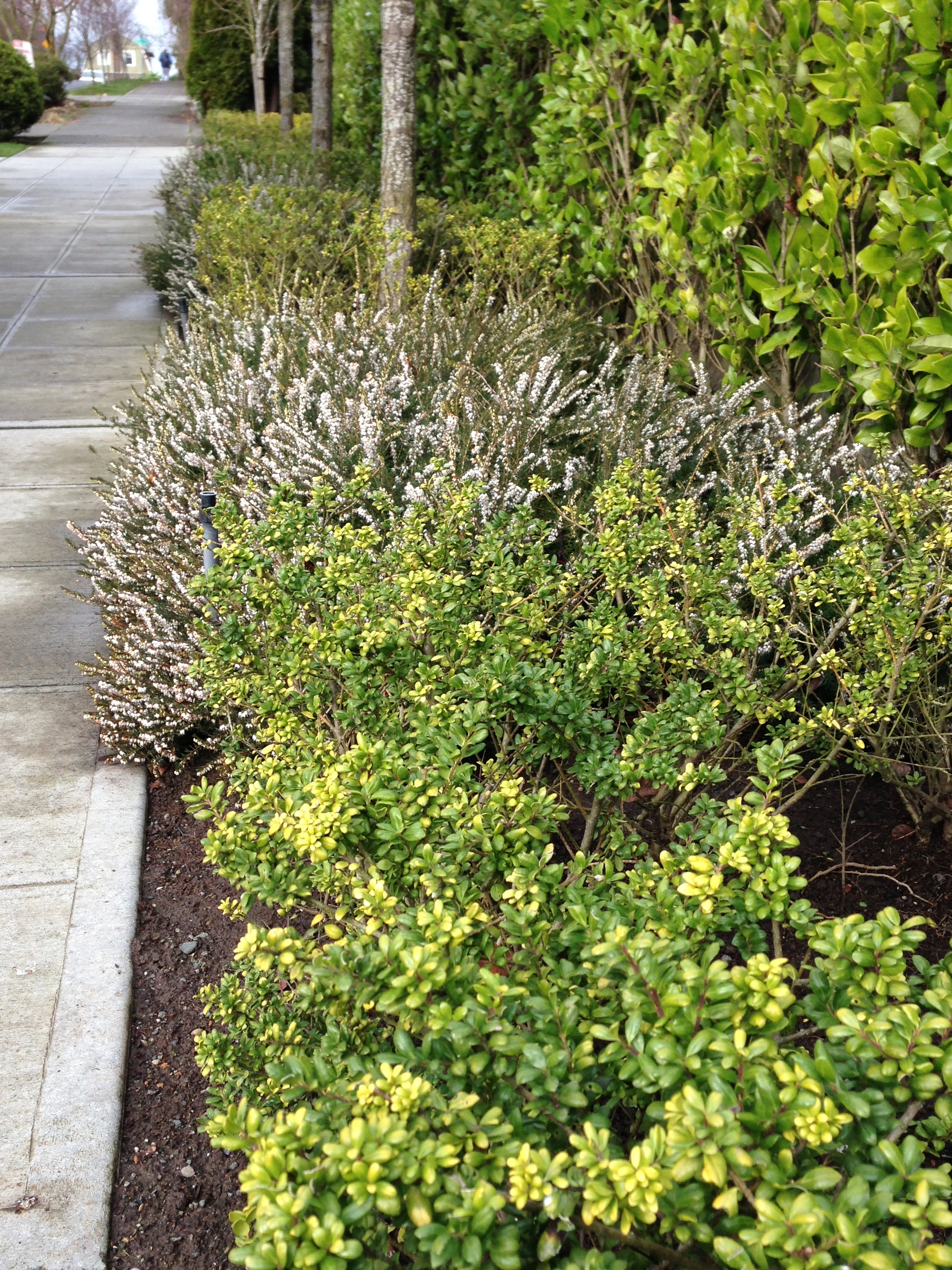Spring is taking its time arriving this year. I'm impatient. After a long, wet, and very cold winter here in the PNW (coldest in 30 years), I had high hopes that spring would bounce onto the scene and sweep away all the built up dreariness and stagnation in my body, while magically airing out the moss and mildew accumulating on our back patio. The landscape is getting more colorful every day, but the rain sure hasn't let up and I'm still taking refuge inside my ankle length down coat for most outings.
Just like the weather, my toddler seems in no rush to ease up on the intensity of his existence in this life. 19 months in and I'm more exhausted than ever and left to wonder when I will ever emerge from this extremely demanding season of motherhood. My son has slept well 4 months since arriving - the other 15 have been an endless nightmare of multiple night wakings. Every sleep regression hits hard and drags on. Neither of us is ready to fully wean, but I'm amazed to find that instead of tapering off, he's asking more and more often for whatever milk I still have. So we're still attached at the breast several times a day. I'm barely functioning, while all the while my head is spinning with projects I long to pursue but have no energy to initiate. So the spinning spirals downward, dragging me into endless feedback loops of unhappiness and self-doubt. I'm so good at burrowing into these layers of suffering.
I'm in pretty deep, barely clinging to any semblance of a practice that usually helps alleviate the pain and allows me to gain a little traction. I'm so exhausted that I can't, for all my wishing, get out of bed any earlier in the morning to have some time to myself for pranayama and meditation. I collapse again after tucking my little guy in for his afternoon nap. I spend the precious hour between his bedtime and mine trying to connect with my partner, wash my face, brush my teeth, and wind down. And so it goes, day after day. My inner and outer worlds spin in the mud.
I stumbled upon an On Being podcast recently that briefly pulled me from my mental prison. Krista Tippett's interview with Alain de Botton is mostly about love, sex, and relationships, but deviates just a bit at the end to discuss a less western approach to life. He suggests an "acceptance of ourselves as flawed creatures."
We have an enormous loneliness around our difficulties. We need solace for the sense that we have gone wrong in an area where perfection was possible. Anyone who comes along and says "It's normal that you are suffering. Life is suffering," is doing a quite unusual thing in our culture which is so much about optimism. It sounds grim; it is in fact enormously consoling and alleviating and helpful in a culture which is oppressive in its demands for perfection. (We need) a certain kind of pessimistic realism, which is totally compatible with hope, totally compatible with laughter, good humor, a sense of fun.
A week later, Yoga teacher and author Rolf Gates came to Seattle and offered a weekend workshop for teachers hosted by 8 Limbs Yoga Studios. I was able to pass off nap duty and attend one session. Low and behold, in the middle of a lecture on theming classes, Rolf addressed suffering. He wasn't suggesting anything new, but it was helpful to be reminded of some basic tenants of a philosophy I've studied and adopted into my worldview. To sum up Rolf's offering -
- we get stuck like a wheel in mud and then we suffer.
- habits of the mind cause suffering.
- everyone is carrying a portion of the world's pain. your portion gives you unique insight.
- affliction comes from an exaggerated sense of aloneness.
And so I remind myself that suffering isn't unique to my experience. I remind myself of the most simple breath practice - three conscious breaths. Suffering is the reality of all of our lives, even if a few of us are able to pretend, from time to time, that it's not.
It's not any special time of the year or month or week right now - today is a random Wednesday in early April - no real reason to start fresh. If you follow my blog you know that I'm big on cycles. I use the moon and the change of seasons as a guide for renewing my intentions for mindful living. Yet here it is Wednesday in early April and I need (another) restart. I've neglected my Lunar New Year intentions. I escaped to Whidbey Island for a weekend alone to usher in Spring, and two days later I was once again sleep deprived and had abandoned any attempt to shake the winter/toddler blues. The stories in my head that call to me to be told still aren't down on paper. Projects pile even higher. I'm buried but it's time to start digging out. I don't want to miss that glorious Puget Sound sun when it finally decides to show up and stay a while. There's nothing special about today, but there doesn't need to be. On some level, every breath is an opportunity to release the past and try again.












